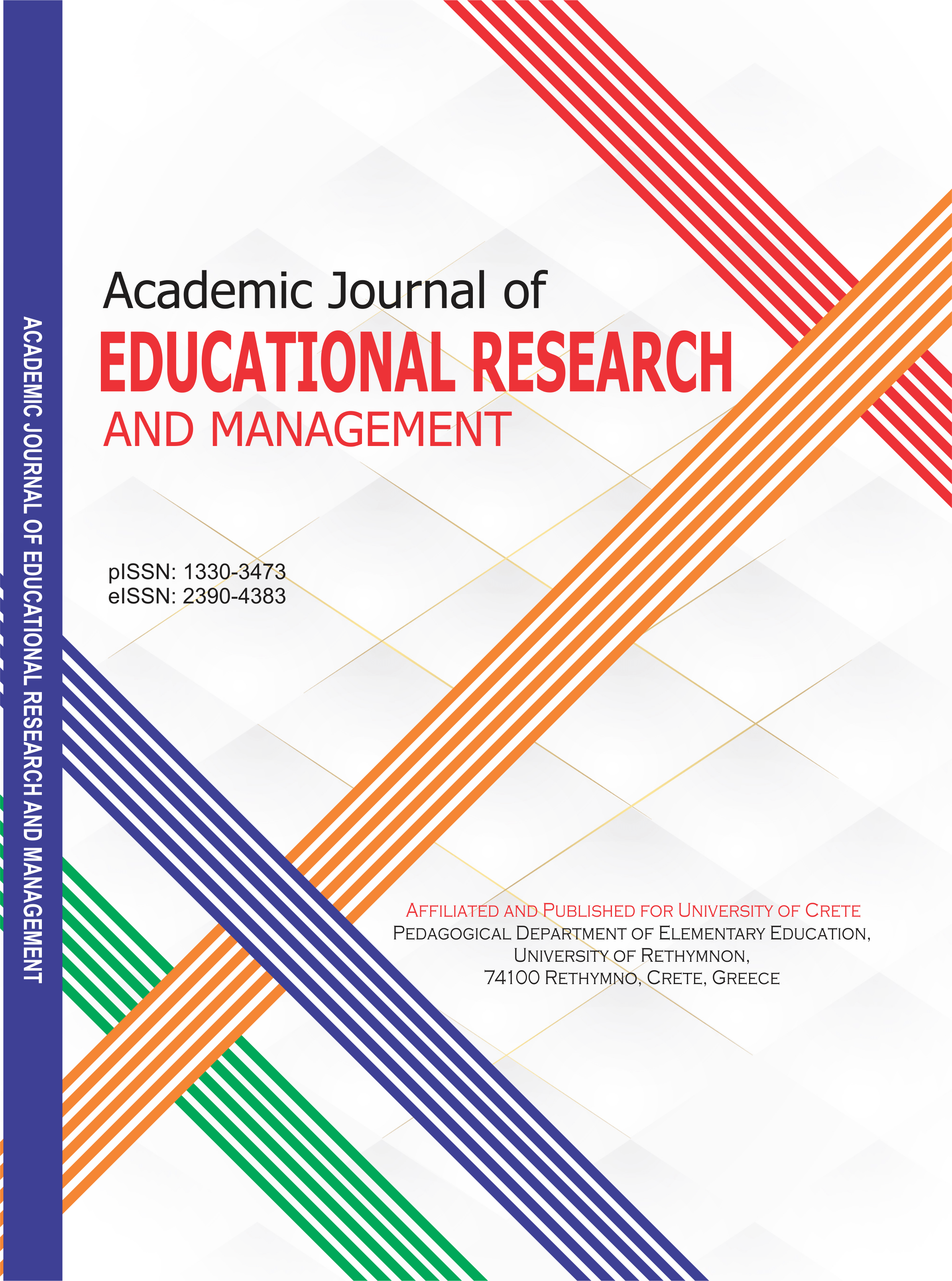ACADEMIC JOURNAL OF EDUCATIONAL RESEARCH AND MANAGEMENT (AJERM)
State-Level Perspectives on Malnutrition Crisis: NFHS Reports 4 & 5 Analysis in India
E-ISSN: 2390-4383
P-ISSN: 1330-3473
DOI: https://iigdpublishers.com/article/913
Children are the future of the country; the future of the country lies in the hands of healthy mothers and healthy children. The prevalence of malnutrition in India is a critical issue that continues to affect the country's overall development and well-being. Being the fastest developing nation and Worlds thickest populated nation, it is quite difficult and significant to address the prevalence of malnutrition which affects country’s economy and social conditions too. Income, Access to healthcare, Nutritional knowledge, Lack of access to clean water and sanitation, Poor maternal health are the major factors of prevalence of malnutrition. The Govt. of India has various programmes to reduce malnutrition in India. Stunting, Wasting and Underweight are the few indicators of Malnutrition in India. The present Study focuses on two objectives; To Study the Prevalence of Malnutrition in India and to analyze the comprehensive State-wise insights of Prevalence Malnutrition and emphasize on the secondary data referred from National Family Health Survey (NFHS) reports which are a genuine and appropriate data. Standard statistical tools are used to analyze the data.
Vidya R. Magadum & Pavankumar Avadhanam
Allen LH, Bhutta Z, et al. (2008). Global maternal and child under-nutrition: Embracing new paradigms. J Nutr. 138(3):495-500.
Arora NK, Nongkynrih B, et al. (2018). Effectiveness of food fortification in reducing malnutrition in India: A systematic review and meta-analysis. Indian J Community Med. 43(2):89-96.
Das S, Bapat U, et al. (2019). Gender discrimination and malnutrition in India: A review of the literature. Soc. Sci. Med. 246:112734.
Goyal RK, Shah VK, et al. (2017). Malnutrition in India: Status and government initiatives. Int. J Community Med Public Health. 4(7):2216-2222.
Gupta P, Sachdeva A, et al. (2019). Role of nutrition education in reducing malnutrition in India: Current insights. Indian J Community Med. 44(1):1-5.
